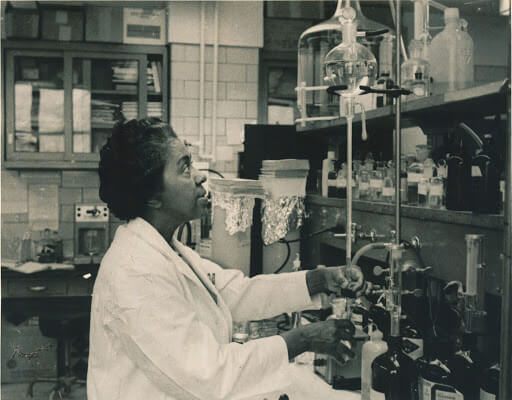Inspiring
4 Great POC Female Pioneers
These pioneers were not just groundbreaking because they were female inventors, scientists, and discoverers. They were also people of color. Defying the status quo, they have set new precedents for female pioneers. Check out their stories and accomplishments below!
(Photography Source: Credit here)

Dr. Ericsson-Jackson has designed spacecraft and instruments that have helped us understand the Sun-Earth connection, space science, and our own planet. She was inspired by watching the Apollo missions on television and participated in a science outreach program for minority students at MIT that encouraged her even more to become an aerospace engineer. She is a major advocate for STEM diversification and inclusion, especially in minority female students.
(Photography: NASA/Goddard/Bill Hrybyk)
Ellen Ochoa was the first Hispanic woman in space, and the first Hispanic person to lead the Johnson Space Center. She earned a bachelor’s degree in physics from San Diego State University, and then a master’s and doctorate in electrical engineering from Stanford University. In the span of 5 years, Ochoa had joined Nasa, been selected to be an astronaut, and was launched into space. She believes that having a role model makes a big difference and that it is especially important for young Hispanic women to see potential mentors in STEM.
(Photography: NASA)
Dr. Marie Maynard Daly was a biochemist who studied fundamental science that led to the discovery of the double-helix structure of DNA and more. Daly was inspired by the books she read as a young girl and her father who studied chemistry but wasn’t able to pursue it because he couldn’t afford to finish his degree. She then went to Columbia University for her doctorate program and studied under Dr. Mary L. Caldwell one of the greatest female pioneers in science who was also an immigrant from Bogota, Colombia. Daly taught at Howard University and went on to help reveal the relationship between high cholesterol and hypertension, which bettered our understanding of nutrition and cardiology.
(Photography: Albert Einstein College of Medicine Archives/Ted Burrows)
Ynés Mexía was a botanist that had collected 145,000 plant specimens and help with identifying 50 new species of plants. Starting her career at 50, Mexía traveled through Alaska and the tip of South America to identify and collect plants. She traveled by foot, horseback and canoe, and often traveled solo or with a few Indigenous guides. In an era when women were expected to stay home and take care of their children and husbands, Mexía traveled to remote locations for scientific exploration.
(Photography: Courtesy California Academy of Sciences)




